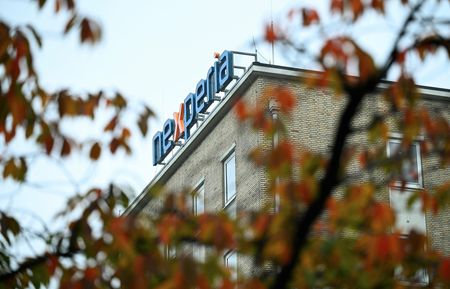By Ariba Shahid
KARACHI (Reuters) -Pakistan’s consumer price inflation accelerated to 6.2% year-on-year in October, the highest reading in 12 months, data showed on Monday, as food prices rose following floods and temporary border disruptions strained supply chains.
On a month-on-month basis, prices were up 1.8%, the Pakistan Bureau of Statistics said.
The data came a week after the State Bank of Pakistan kept its key policy rate unchanged at 11% for a fourth straight meeting, saying inflation was expected to stay above its 5% to 7% target range for a few months before easing next fiscal year.
Inflation has moderated from nearly 30% a year ago to below 6% in mid-2025 before edging up again, as the fading base effect and temporary supply shocks began to lift prices.
FLOODS AND CONFLICT PUSH UP PRICES
Last week the government forecast inflation in the 5% to 6% range for October, noting that flood-related supply pressures and border closures with Afghanistan had pushed up prices of some essential goods.
Floods in August swamped farmland and industrial hubs in Punjab, killing more than 1,000 people, displacing 2.5 million and damaging crops and factories, tightening food supplies across the country.
The pressure was compounded by border clashes with Afghanistan that shut major crossings used for food and fuel trade. The two countries later agreed to extend a ceasefire, but crossings remained restricted after October 11, disrupting commerce and deepening shortages in Pakistan’s northwestern regions.
The central bank said the overall economic outlook had improved, with better-than-expected crop yields, stronger industrial activity and a rebound in high-frequency indicators, though risks from global commodity volatility and domestic energy prices remain.
A private survey, meanwhile, showed manufacturing activity contracted for a second straight month in October, though the pace of decline slowed.
The HBL Pakistan Manufacturing PMI rose to 49.6 from 48.0 in September, with firms citing weak demand, higher taxes and power outages as key drags, even as business confidence remained cautiously optimistic. A reading below 50 indicates a contraction.
(Reporting by Asif Shahzad; Editing by Sharon Singleton)










